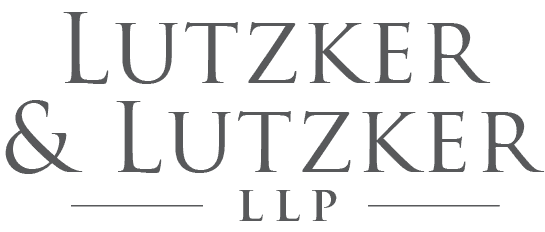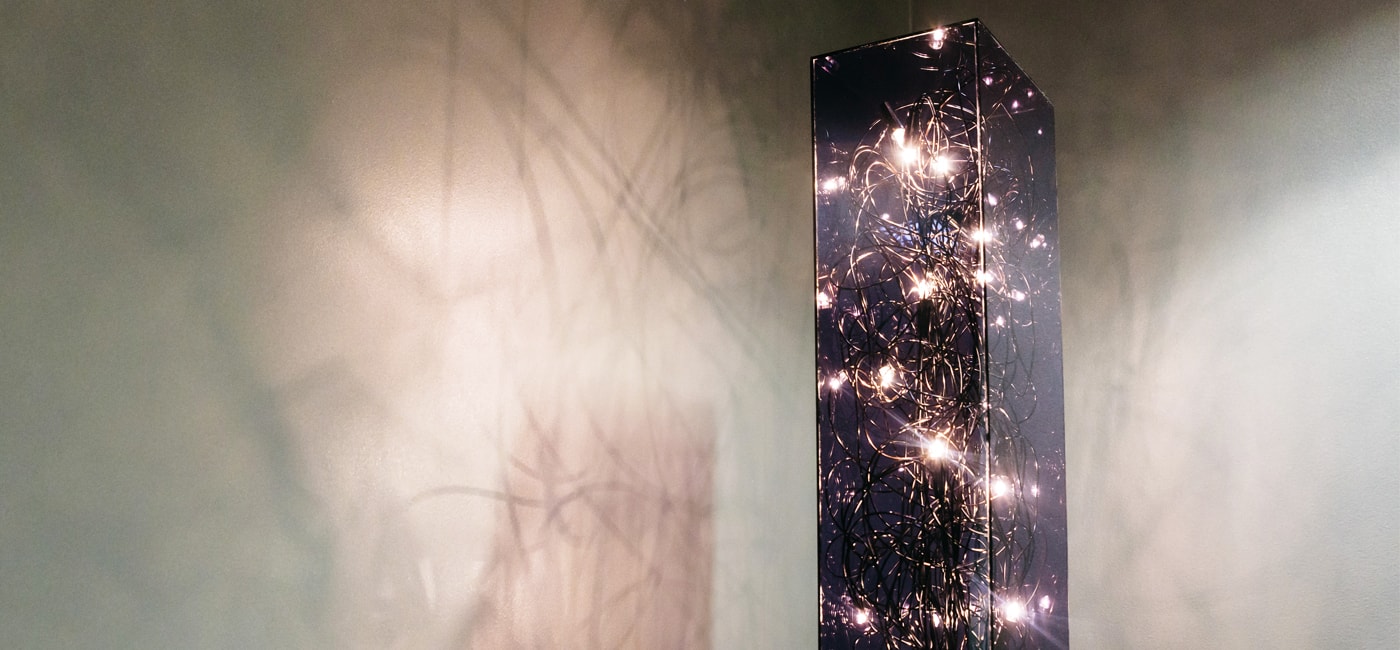The De Minimis Doctrine: When Is Copying Too Trivial?
Although infrequently discussed in the case law, the de minimis doctrine is an important aspect of copyright law that protects creators from claims of infringement for uses of the works of another that would otherwise be considered substantially similar. The doctrine, which allows instances of trivial copying which would otherwise be infringement, comes from the legal maxim “de minimis non curat lex,” sometimes articulated as “the law does not concern itself with trifles.” Ringgold v. Black Entertainment TV, Inc., 126 F.3d 70, 74 (2d Cir. 1997). Designed to protect courts from being overwhelmed by trivial cases, such copying is not often worth the time or money of litigation.
The de minimis doctrine is intertwined with the fair use doctrine, although the courts consider each separately. The fair use doctrine encompasses four factors, the third being the amount and substantiality of the work taken “in relation to the copyrighted work as a whole.” 17 U.S.C.S. § 107(3). Courts have argued that, in certain respects, the third fair use factor effectively codifies the de minimis doctrine. Bell v. Wilmott Storage Servs., LLC, 12 F.4th 1065, 1080 (9th Cir. 2021). Determining whether the use of a copyrighted work is de minimis focuses upon two lines of inquiry. The first asks whether an ordinary observer would find that the two works have the same aesthetic appeal. The second addresses how much of the work was used.
Given its fact-specific nature, the following are a few illustrations of how courts have applied the de minimis doctrine. The Second Circuit determined that the use of a pinball machine in the background of a movie scene was de minimis because of the brevity of the scene, the lack of visual prominence of the machine and the fact that the pinball machine did not influence the plot. Gottlieb Dev. LLC v. Paramount Pictures Corp., 590 F. Supp. 2d 625, 632-633 (S.D.N.Y. 2008). In Gordon v. Nextel Communication and Mullen Advertising Inc., 345 F.3d 922, 923–24 (6th Cir. 2003), the court found that the plaintiff’s illustrations appeared fleetingly and were primarily out of focus rendering the use de minimis. Therefore, the district court’s grant of summary judgment was affirmed without the need to address the defendant’s fair use defense. However, use of the de minimis doctrine was denied when parts of the X-Men trailers were used for an advertisement even though they appeared for only three seconds. Twentieth Century Fox Film Corp. v. Marvel Enters., 155 F. Supp. 2d 1, 46 (S.D.N.Y. 2001).
The de minimis doctrine also impacts our everyday lives. If not for the de minimis doctrine, in some cases our personal use of copyrighted works would be legally actionable. The de minimis doctrine was at play for years when waiters sang “Happy Birthday” to restaurant customers. Judge Leval explains when waiters sing us Happy Birthday “it is not that we are breaking the law but unlikely to be sued given the high cost of litigation. Because of the de minimis doctrine, in trivial instances of copying, we are in fact not breaking the law.” Davis v. Gap, Inc., 246 F.3d 152, 173 (2d Cir 2001). Here, Judge Leval opines that even though a waiter singing happy birthday would technically be a public performance, it would not rise to the qualitative or quantitative level of infringement because of the de minimis doctrine.
Another example of de minimis personal use is when parents in Central Park photograph their children perched on Jose de Creeft’s Alice in Wonderland sculpture. Id. While the copyright owner maintains exclusive rights under 17 USCS § 106 to prepare derivative works and display the work, even with the proliferation of photographs on social media often reaching large audiences beyond family and friends, in most instances it would be inefficient for our court system to engage with these ‘trifle’ matters.
As always, contact Lutzker & Lutzker if you have questions or are dealing with a potential copyright infringement issue.
Interestingly, the status of the 1893 Happy Birthday copyright has a complicated history spanning fair use, copyright term expiration, public domain, multiple license transfers, derivative works and the de minimis doctrine. In 1988, Warner Chappell Music purchased the company that claimed to own the Happy Birthday copyright, with the value of ‘Happy Birthday’ estimated at $5 million. However, in 2016, Warner Chappell Music agreed to pay a settlement of $14 million to those who had licensed the song, and the court declared that the song was in the public domain. Good Morning to You Prods. Corp. v. Warner/Chappell Music, Inc., 2016 U.S. Dist. LEXIS 191665 (C.D. Cal. 2016). For a more in-depth discussion of the Happy Birthday Copyright, see Robert Brauneis’s article on the issue.





